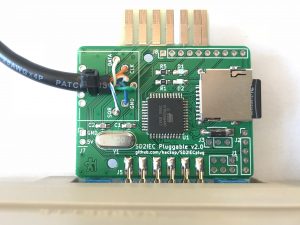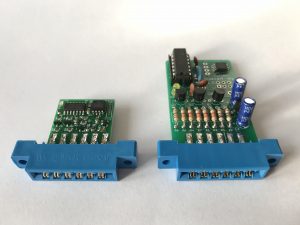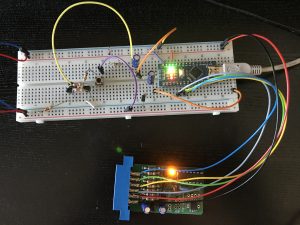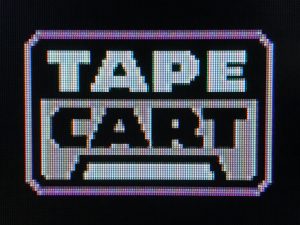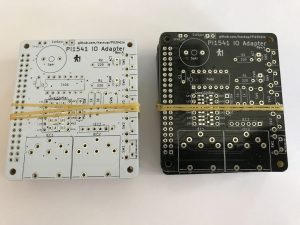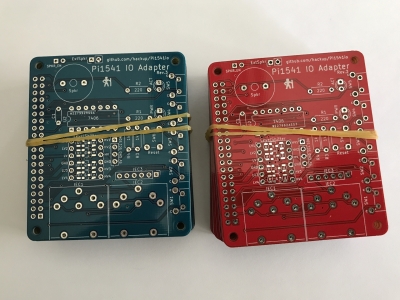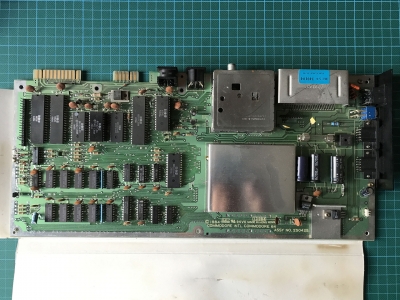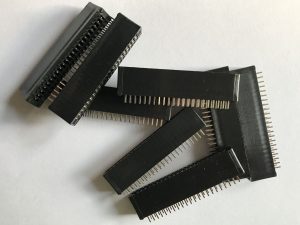An Award Winning Board
 Today, I’d like to share some brief news and updates on multiple topics. First up is some exciting news. Last year, when I created and shared the Pi1541io layout I had those boards made by PCBWay and I entered their 2nd annual design contest on a whim with the popular revision 4 of the Pi1541io. And what do you know? Shortly before Christmas, I received an email from Eric of PCBWay who is letting me know that my board actually won first price in the category Most Popular Designs! Continue reading
Today, I’d like to share some brief news and updates on multiple topics. First up is some exciting news. Last year, when I created and shared the Pi1541io layout I had those boards made by PCBWay and I entered their 2nd annual design contest on a whim with the popular revision 4 of the Pi1541io. And what do you know? Shortly before Christmas, I received an email from Eric of PCBWay who is letting me know that my board actually won first price in the category Most Popular Designs! Continue reading


